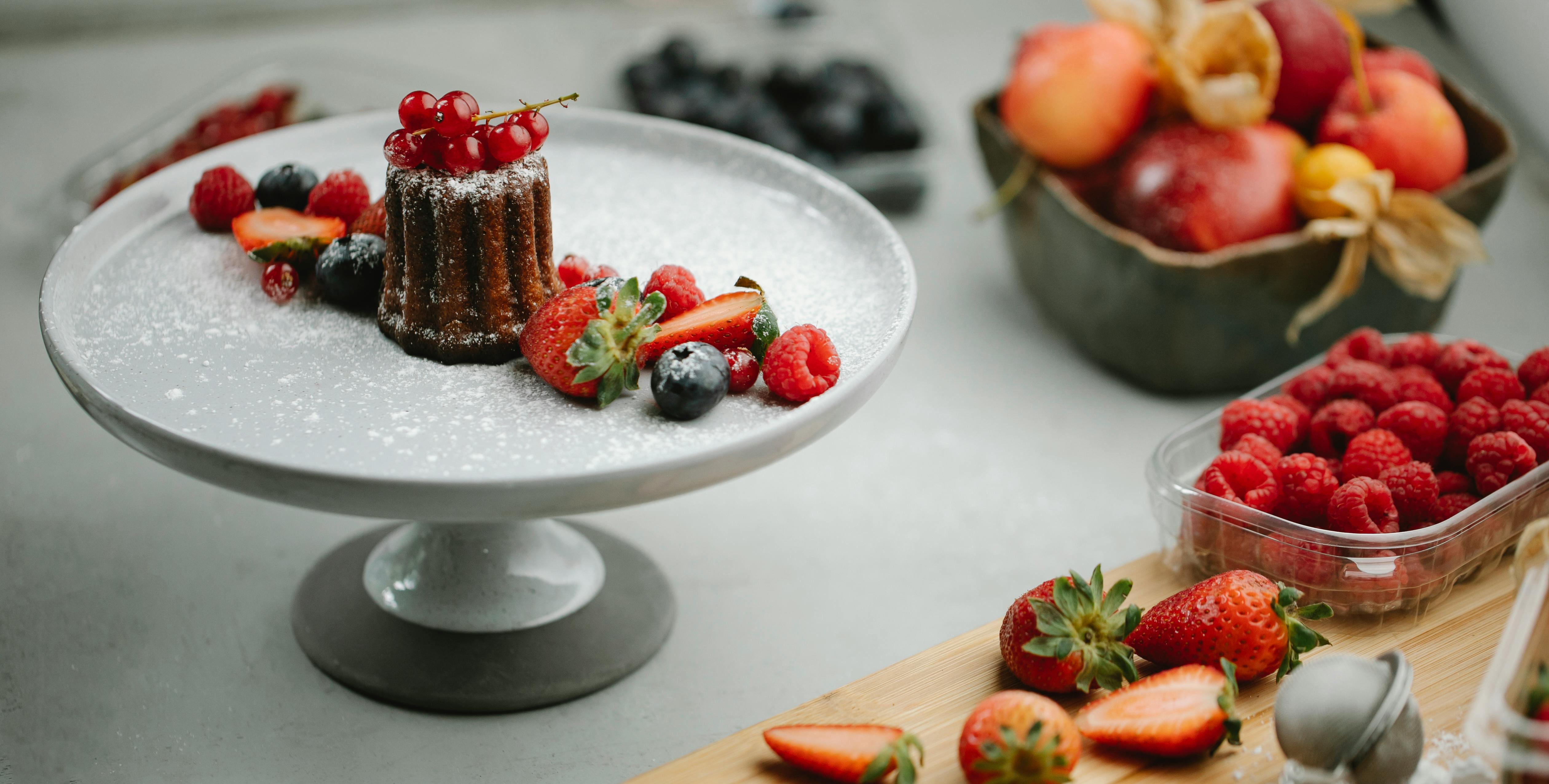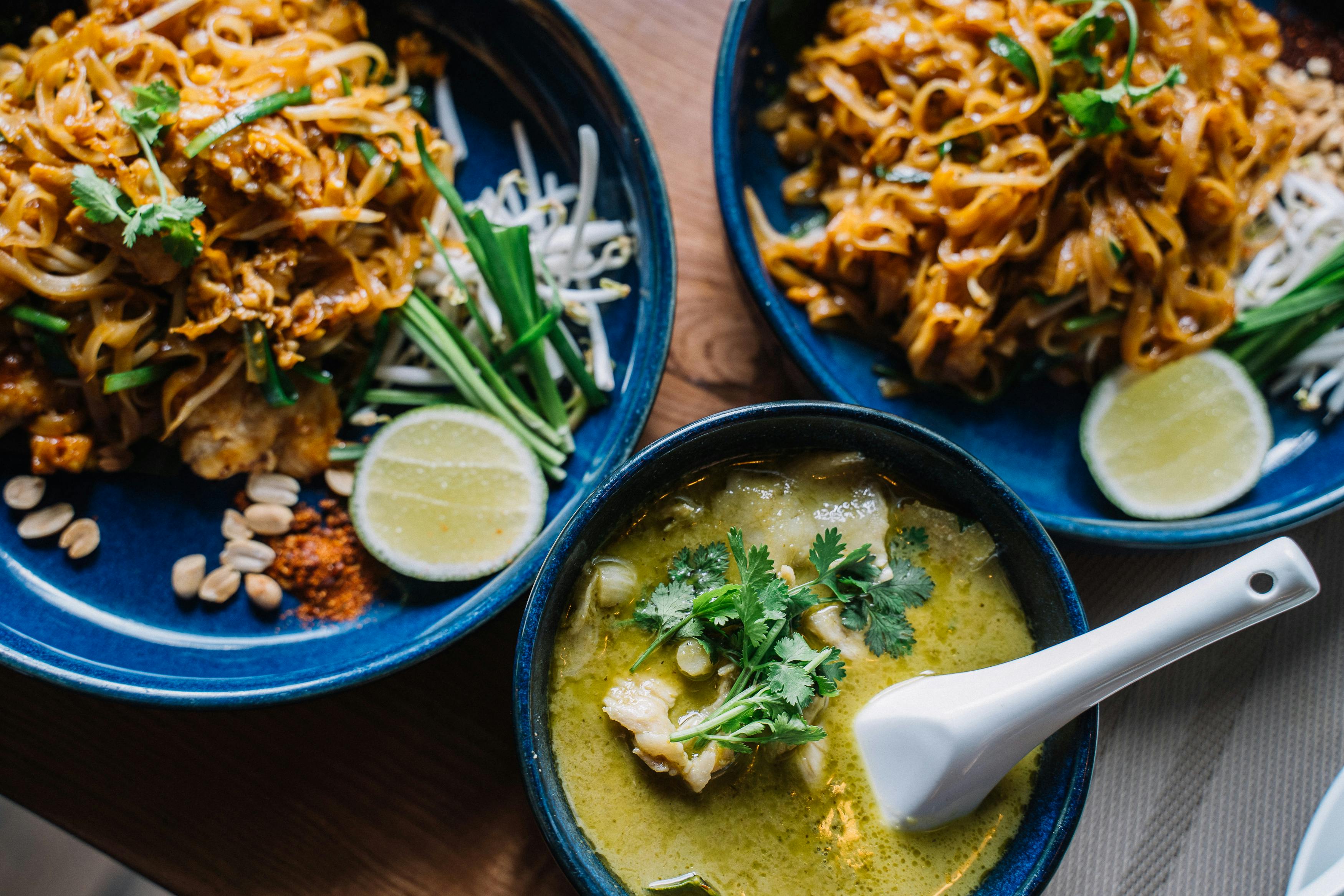Chives is a perennial herb Allium schoenoprasum, a member of the Liliaceae family, Liliaceae. Native to Europe, Asia, and North America, chives are used to season many foods with a mild onion flavor.
Related to the onion, chives have a similar growth habit. A small white bulbous root underlies the tubular leaves that are used for cooking. The bulbs and leaves grow in groups. Chive plant propagation is most successful by dividing established clumps into smaller pieces. The small white bulbous roots can be planted singly.
The flowers rise on separate flower stalks and bloom in pretty pink, purple, or blue umbels. The flower heads have a distinctly round appearance, a trait shared by relatives allium species grown in flower gardens for their unique spherical flower heads that can reach four to five inches in diameter. On the largest varieties, the flower stalks reach three feet in height with the conspicuous compact flower head at the top. The flowers of culinary chives are about a foot tall. The flowers rarely set seeds, so propagation is adequate through root division.
Chives are used to flavor many foods with a mild onion flavor. Chives go well with eggs, potatoes, tomatoes, sauces and spreads, soups, salads, vegetable dishes, and fish. The leaves are used fresh or added at the last minute to hot dishes to preserve the onion flavor. For example, instead of adding chives to a spicy pasta sauce, mix the chopped chives into the pasta when you add the sauce to the noodles and serve immediately.
Chives are best eaten raw and are available in stores throughout the year. Frozen cut chives or freeze-dried chives may also be available on the market. They do not need to be thawed or reconstituted before use. Just sprinkle some on the dish to be served. Chives are one of the ingredients of the herbal mixture called Fine herbs used in French cooking.
Herb gardens and kitchen herb pots work well with chives. When kept in a sunny window, a continuous supply of leaves is ready to season many foods. Cut the long, thin, green, hollow leaves at the base and cut with scissors over the food to be seasoned.
Fresh chives are rich in vitamin C and iron. The powerful, crisp flavor of chives can excite the palate enough that no salt is added to the dish. That makes it a great salt substitute. If used regularly as a salt substitute, chives might help salt-sensitive people reduce their sodium intake in an effort to lower their blood pressure.
Like other members of the allium genus, chives contain allicin, a naturally occurring chemical that may confer health benefits on its followers. This may be of interest to anyone with high cholesterol, high blood pressure, or a predisposition to heart disease. Allicin has been shown to lower cholesterol and reduce high blood pressure. Evidence suggests that it may even prevent some types of cancer.



